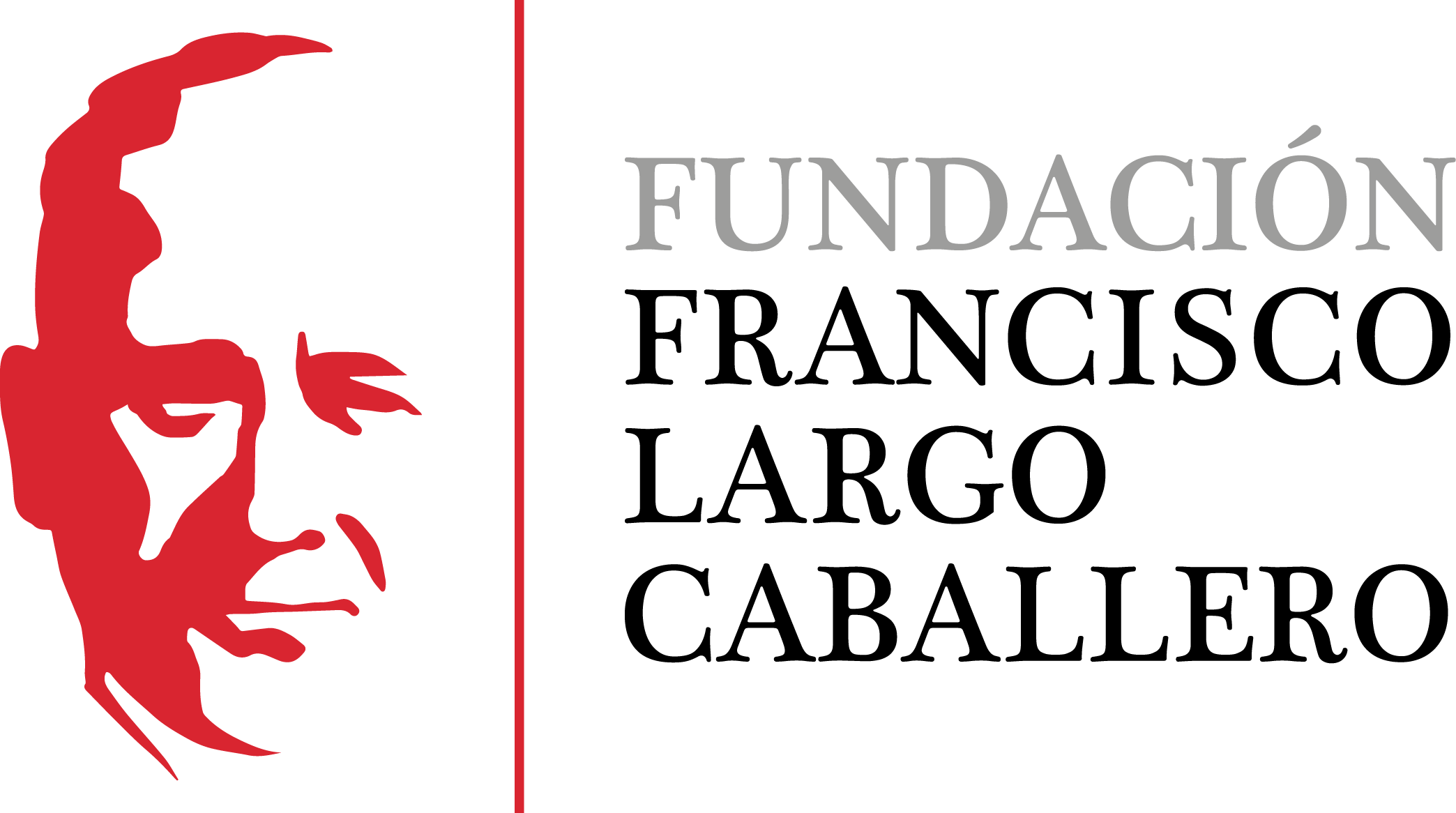Assembling armed corps: Physician Ideology of masculinity in the barracks in the early twentieth century
DOI:
https://doi.org/10.69791/rahc.84Keywords:
Masculinity, citizenship, army, military health, medical examsAbstract
The Spanish army from late 19th century took advantage of the gradual universalization of military service. Thanks to this constant influx of soldiers, commanders would be able to implement a paternalistic system of rewards and punishments that would allow them to transform the individual characteristics of each candidate in them to be adapted to the stereotype of the man citizen. In this process, the branch of Military Health collaborated studying and cataloging all the fifths which were to enter the barracks. Besides army health included in the system of rewards and punishments bourgeois hygienic precepts that soldiers should continue. Compliance with these requirements was to measure the adequacy of each soldier stereotype of the military citizen who was managing the army.
Downloads
Global Statistics ℹ️
|
52
Views
|
16
Downloads
|
|
68
Total
|
|
Downloads
Published
How to Cite
Issue
Section
License
Copyright (c) 2016 Ana Isabel Simón Alegre

This work is licensed under a Creative Commons Attribution 4.0 International License.
Alcores is an open-access journal. It provides unrestricted access to its content from the moment of publication. We respect intellectual property rights, and for this reason, the author retains the copyright. All content is distributed under a Creative Commons Attribution 4.0 International (CC BY 4.0) license. The terms of the license can be consulted at: https://creativecommons.org/licenses/by/4.0/
This license allows sharing (copying and redistributing the material in any medium or format) and adapting (remixing, transforming, and building upon the material for any purpose), provided that authorship and first publication in this journal are properly credited, a link to the license is included, and any changes made are indicated.
This type of license facilitates the freedom of reuse and ensures that the content of this journal can be used to meet research needs.





